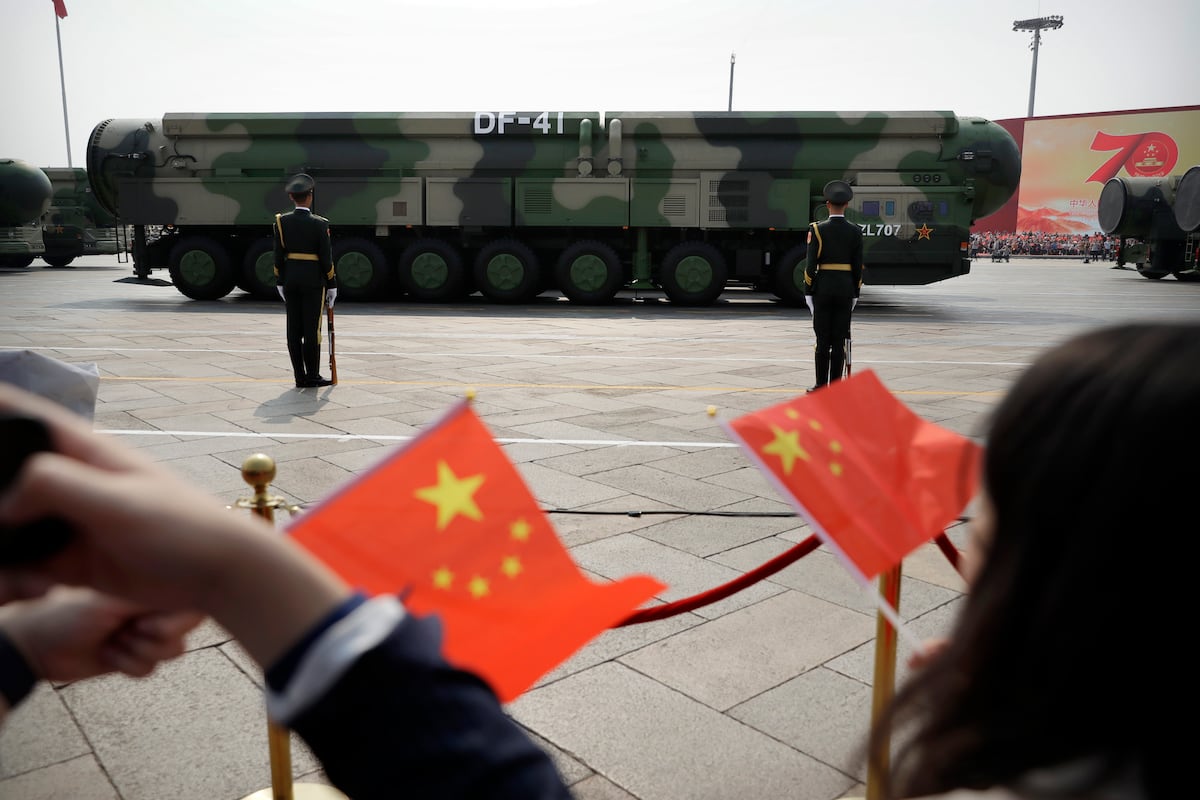Advancements in Naval Unmanned Operations: The Evolution of the Ghost Commander II
Introduction to Hanwha’s Maritime Innovation
At the recent MADEX 2025 naval exhibition in Busan, South Korea, Hanwha unveiled the latest iteration of its innovative maritime platform—the Ghost Commander II. This sophisticated vessel signifies a pivotal shift from the fully unmanned Ghost Commander showcased two years prior at ADEX 2023. While the original model was designed exclusively for unmanned operations, the Ghost Commander II incorporates manned capabilities, adapting to the operational requirements of the Republic of Korea Navy (ROK Navy).
Design Evolution: From Concept to Reality
Originally conceptualized as a hybrid battleship-aircraft carrier, the Ghost Commander featured a cutting-edge trimaran hull and an unconventional inverted bow. However, the latest model adopts a more traditional single-hull design, reflecting a pragmatic response to feedback from military stakeholders. Key changes include:
-
Flight Deck Configuration: The initial two-level flight deck has been replaced by a streamlined, single-level design featuring:
- An angled landing strip equipped with arrestor wires.
- A forward take-off runway utilizing an electromagnetic catapult, with additional catapult capabilities on the angled section.
-
Helicopter Operations: The new platform accommodates six helicopter landing spots on the port side of the flight deck and two elevators dedicated to transporting a mix of medium helicopters and unmanned combat air vehicles (UCAVs).
Unmanned Systems and Increased Displacement
One of the central tenets of the Ghost Commander II is its enhanced ability to deploy a variety of unmanned systems, ranging from aerial to sub-surface platforms. The vessel’s displacement has increased from 16,000 to 42,000 tonnes to accommodate a larger crew and logistical operations, facilitating:
- The operation of 300-400 personnel onboard.
- A significant uptick in reconnaissance and combat capabilities through Manned-Unmanned Teaming (MUM-T). This innovative operational framework will integrate artificial intelligence to enhance decision-making processes, thereby reducing operators’ workload.
Enhanced Dimensions and Power Systems
The Ghost Commander II measures 240 meters in length, a substantial increase from its predecessor. While the maximum speed remains nearly static—25 knots compared to 24 knots—the power system has undergone a radical transformation. The earlier version planned for electric motors powered by fuel cells. The revised model employs a combined diesel-electric propulsion system featuring dual shafts and propellers, complemented by a bow thruster for improved maneuverability.
Amphibious Cargo and Operational Flexibility
A notable addition to the Ghost Commander II is the inclusion of a well dock at the stern, which facilitates the launch and recovery of unmanned surface vehicles (AUVs) and underwater systems (UUVs). This design feature allows for operational versatility, particularly in:
- Conducting amphibious operations, supported by the ROK Navy’s Solgae 631-class landing craft air cushion (LCAC), measuring 27.9 meters in length and 14.6 meters in width.
- Streamlining logistical support for deploying equipment and personnel.
Enhancements in Offensive and Defensive Capabilities
While specifics regarding the offensive and defensive armaments of the Ghost Commander II remain undisclosed, the vessel features a 48-cell vertical launch system. This array is compatible with both offensive loitering munitions and defensive measures such as anti-air systems. The presence of four large AESA radar antennas positioned on the superstructure suggests advanced air defense measures may be integrated.
Conclusion: Implications for Future Naval Strategy
The evolution of the Ghost Commander II highlights a growing emphasis on unmanned systems within naval operations. This shift not only aligns with emerging trends in defense technology but also reinforces the ROK Navy’s commitment to modernizing its fleet through integration and interoperability of manned and unmanned platforms. As global navies continue to explore the potential of autonomous systems, Hanwha’s latest offering underscores the importance of adaptive design in meeting contemporary security challenges.
With its blend of conventional and avant-garde features, the Ghost Commander II stands as a testament to the future of maritime defense, ensuring the ROK Navy remains at the forefront in naval warfare capabilities.





